In this article I’ll try to write about a ‘redpoll issue’, namely a wrongly claimed moult limit in the wing of a redpoll.
First some theory. No worries I’ll keep it simple. A juvenile redpoll moult his feathers at the end of the summer (somewhere in July, August or September). Not all feathers, but only a part of his feathers, because his feathers are only a few months old.
 A moult limit?
A moult limit?
Why is that important to know? It’s because an adult redpoll moult all his feathers at the end of the summer. After this moult all his feathers are from one generation. Are you still following me?
So, after his moult (from October) an immature redpoll has old and new feathers and perhaps these birds are recognisable by this difference in their feathers. The old feathers are worn and often a little bit browner (instead of black). And the new feathers can be recognized because they are fresh without any wear. These old and new feathers next to each other is called a moult limit. If a redpoll has a moult limit, then this redpoll ALWAYS is an immature redpoll.
Now to practice and that 'issue'. All greater coverts of a redpoll have a pale tip. All together these pale tips form a pale wingbar. If there is a visible difference in this wingbar, for example the pale tips of the outer greater coverts are smaller and buffer than the inners and the outer greater coverts ‘overall’ are browner than the brown/black inner greater coverts, then there seems to be a moult limit. Sadly enough, it’s not that simple. Because I can’t find any pictures with a convincing moult limit in the greater coverts. And trust me, I have seen a lot of redpoll pictures!
This wrongly claimed moult limit is because all redpolls (immature and adult) have smaller and buffer ‘tipped’ outer greater coverts and larger and paler ‘tipped’ inner greater coverts. And almost all redpolls have more brown-tinged outer greater coverts and more brown/black-tinged inner greater coverts. So a moult limit is wrongly claimed in this way.
By the way, I also think young redpolls can have a moult limit, but probably this is only visible by ‘hand holding’ a redpoll. See picture below for a good example of a visible moult limit. Inner greater coverts are new (black, glossy with extensive pale tips) and outer greater coverts are worn (browner, duller and smaller pale tips). For more pictures of this bird, click here.
Coues’s Arctic Redpoll, 21 February 2014, Merseyside. Picture: This email address is being protected from spambots. You need JavaScript enabled to view it..
I have found the picture below in my own stock. I suppose a moult limit is visible in this picture.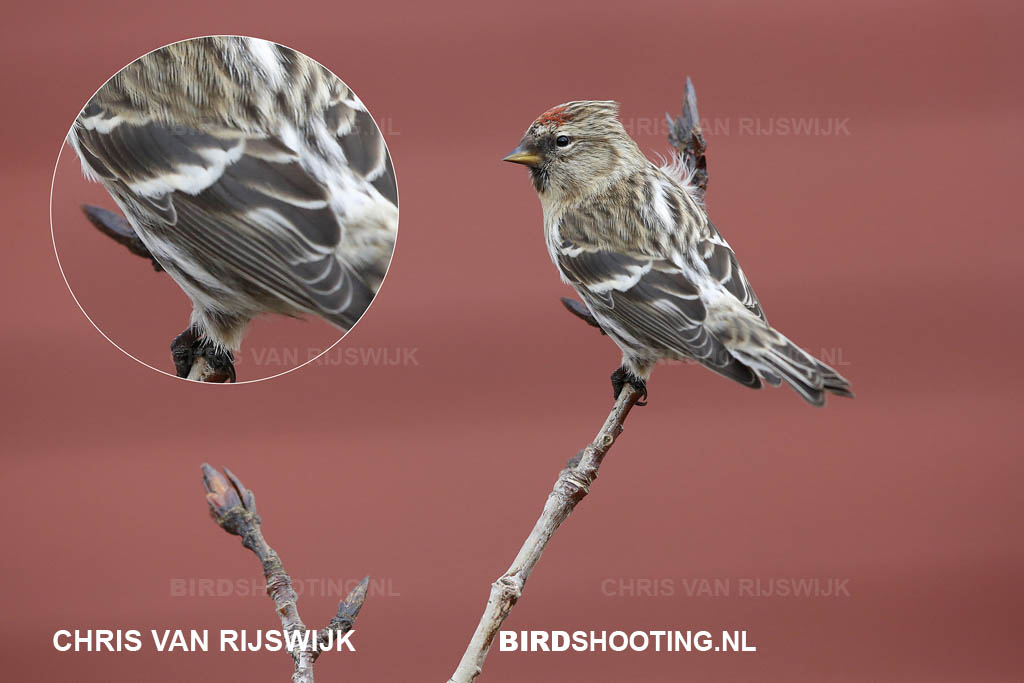
Icelandic Redpoll, second calendar year, Iceland, April 2016. A probably visible moult limit.
How do I age redpolls? Read this article. Shortly: do you see red or pink feathers on the breast of the bird? Simple, this bird is an adult male redpoll. If not, take a look at the tertials (the most inner secondaries). Are these feathers worn? Big change this bird is an immature redpoll.
Note: the degree of wear and the width of the pale edge on the tertials is variable. Sometimes it’s even impossible to age a redpoll, because even some adult redpolls have wear on the tertials (especially in late spring and summer) and some immature redpolls have relatively a broad pale edge, almost without wear.
See pictures below. Note: all redpolls (immature and adult) have smaller and buffer ‘tipped’ outer greater coverts and larger and paler ‘tipped’ inner greater coverts. And (almost) all redpolls have more brown-tinged outer greater coverts and more brown/black-tinged inner greater coverts.

Icelandic Redpoll, adult male, Iceland, April 2016. Adult male, so for sure not a moult limit! Outer greater coverts (A) are buff-tipped (and look worn) and more pale-tipped inner greater coverts (B).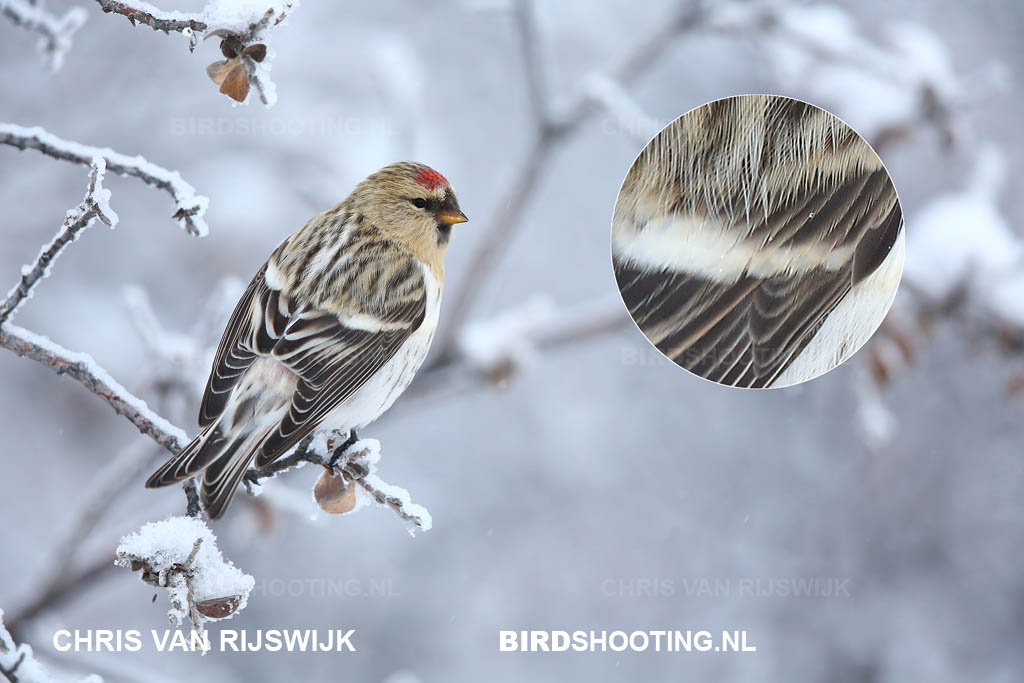
Hornemann’s Arctic Redpoll, adult male, Greenland, October 2013. Moult limit? No, this bird is an adult.
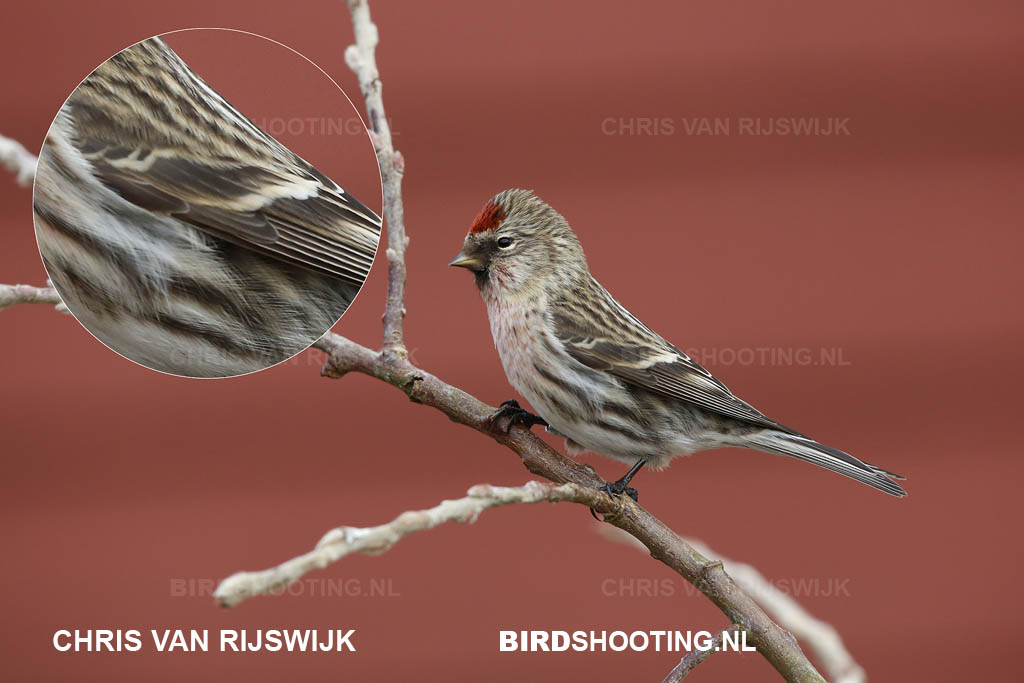
Icelandic Redpoll, adult male, Iceland, April 2016. Adult male, so for sure not a moult limit! Outer greater coverts are buff-tipped and more pale-tipped inner greater coverts.
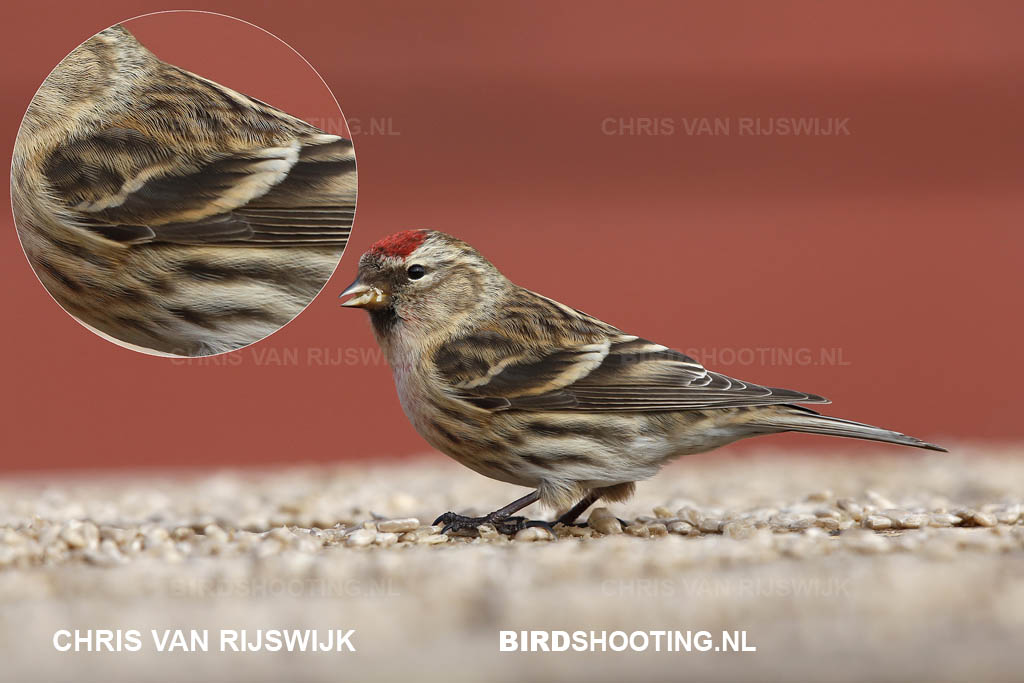
Icelandic Redpoll, adult male, Iceland, April 2016. Adult male, so for sure not a moult limit! Outer greater coverts are buff-tipped and more pale-tipped inner greater coverts.

Icelandic Redpoll, second calendar year, Iceland, April 2016. Outer greater coverts are smaller-tipped than the more broader-tipped inner greater coverts.

Hornemann’s Arctic Redpoll, second calendar year, Greenland, March 2013. Smaller and buffer ‘tipped’ outer greater coverts (A) and larger and paler ‘tipped’ inner greater coverts (B). More brown-tinged outer greater coverts (A) and more brown/black-tinged inner greater coverts (B).

Hornemann’s Arctic Redpoll, second calendar year, Greenland, March 2013.
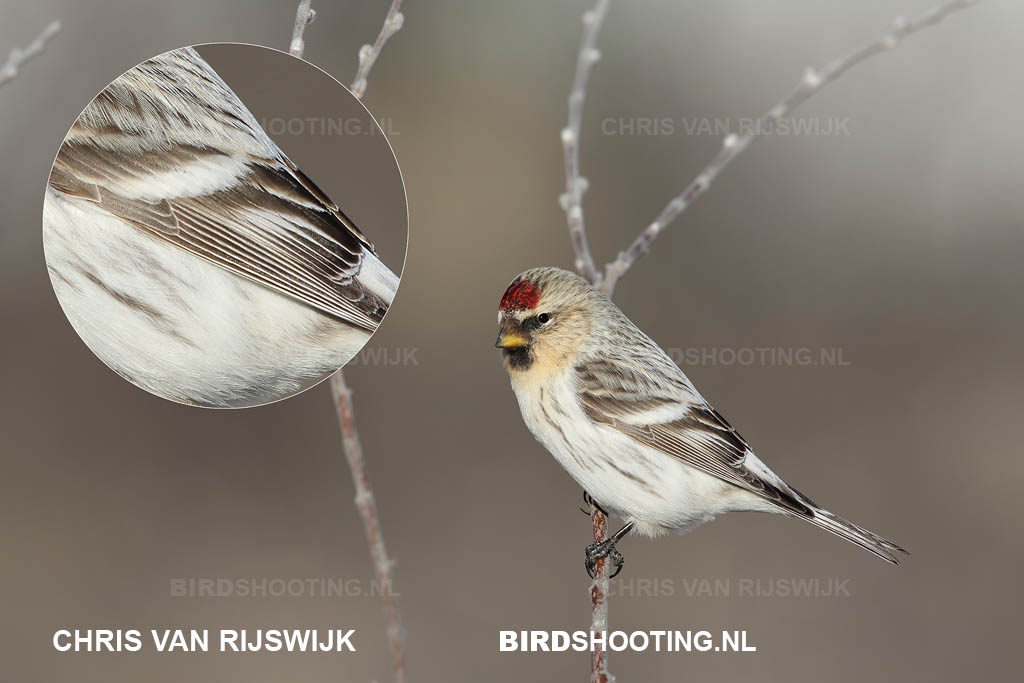
Hornemann’s Arctic Redpoll, second calendar year, Greenland, March 2013.
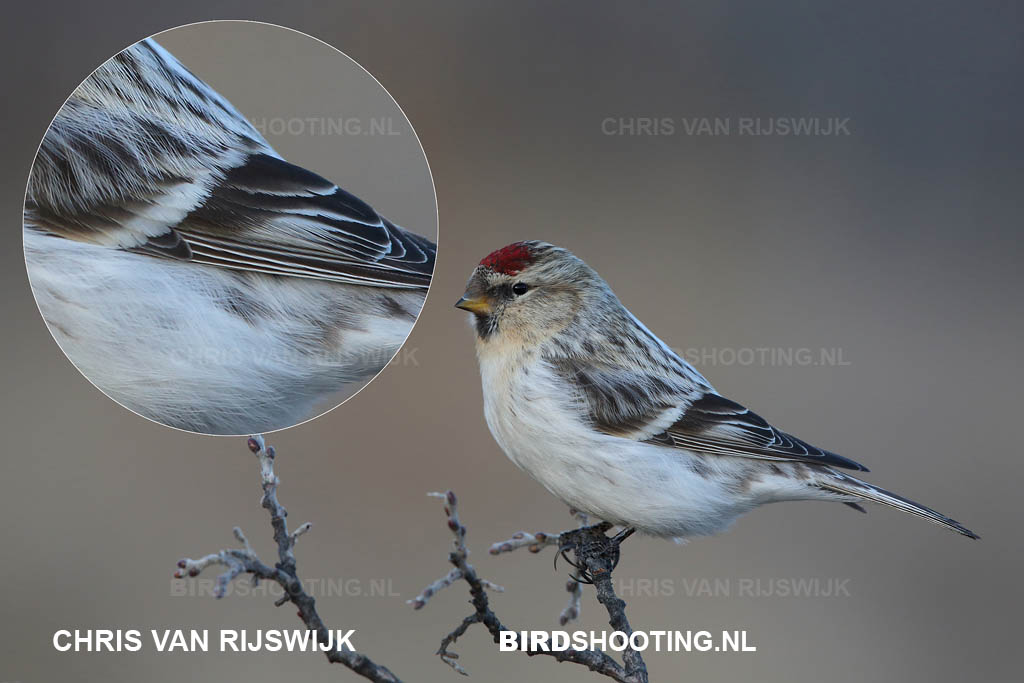
Hornemann’s Arctic Redpoll, second calendar year, Greenland, March 2013. More brown-tinged outer greater coverts and more brown/black-tinged inner greater coverts.
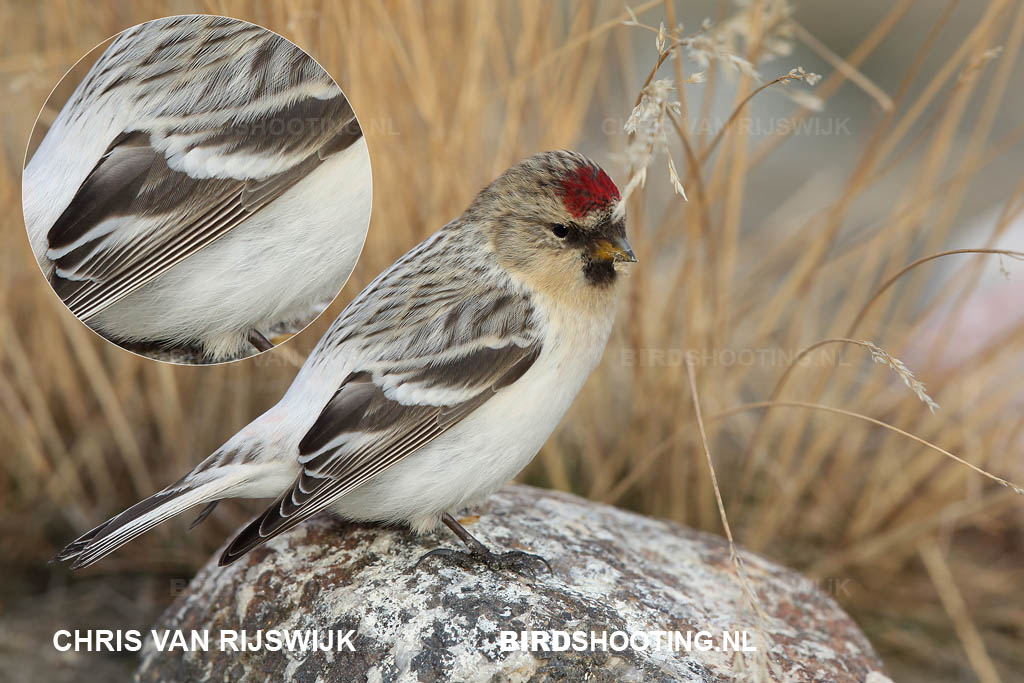
Hornemann’s Arctic Redpoll, adult male, Greenland, March 2013. Adult male, so for sure not a moult limit! More brown-tinged outer greater coverts and more brown/black-tinged inner greater coverts.
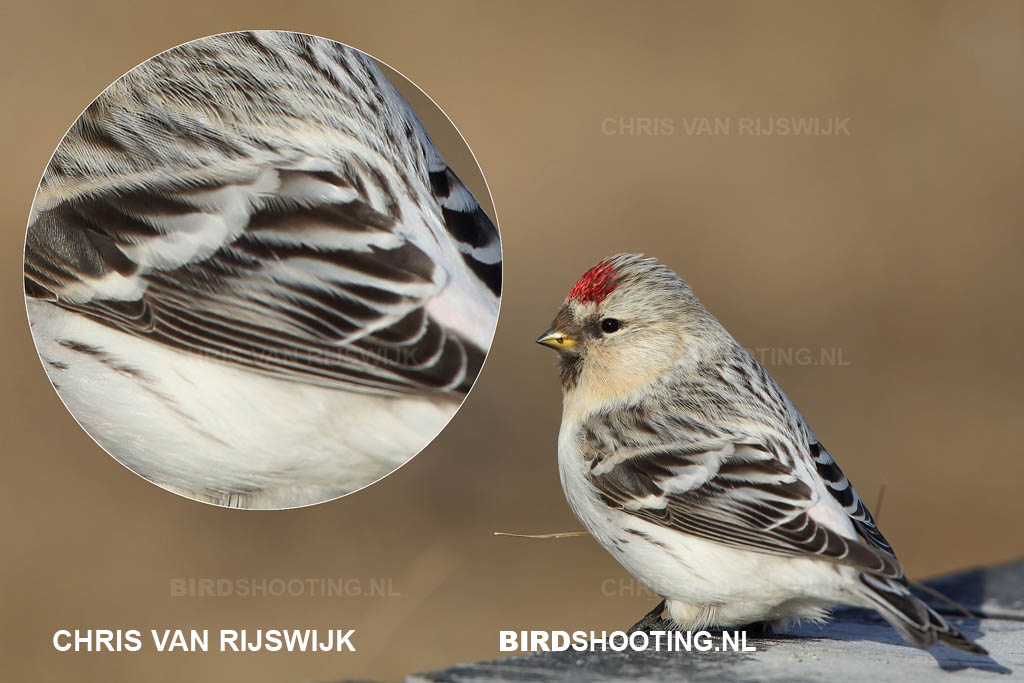
Hornemann’s Arctic Redpoll, adult male, Greenland, March 2013. Adult male, so for sure not a moult limit! More brown-tinged outer greater coverts and more brown/black-tinged inner greater coverts.
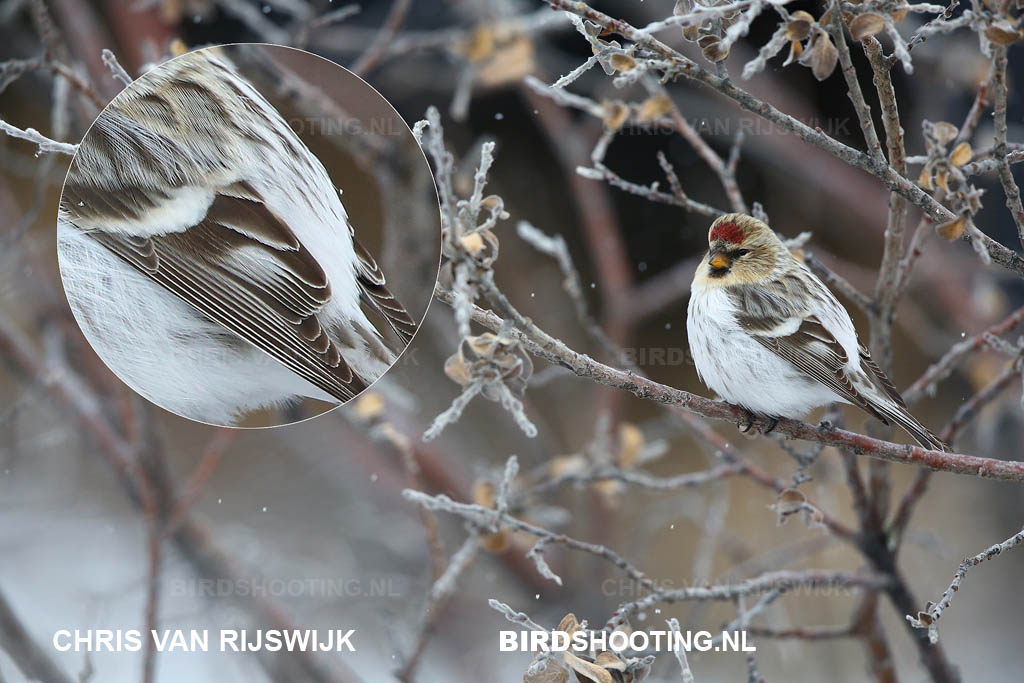
Hornemann’s Arctic Redpoll, first calendar year, Greenland, October 2013. Smaller ‘tipped’ outer greater coverts and larger ‘tipped’ inner greater coverts.
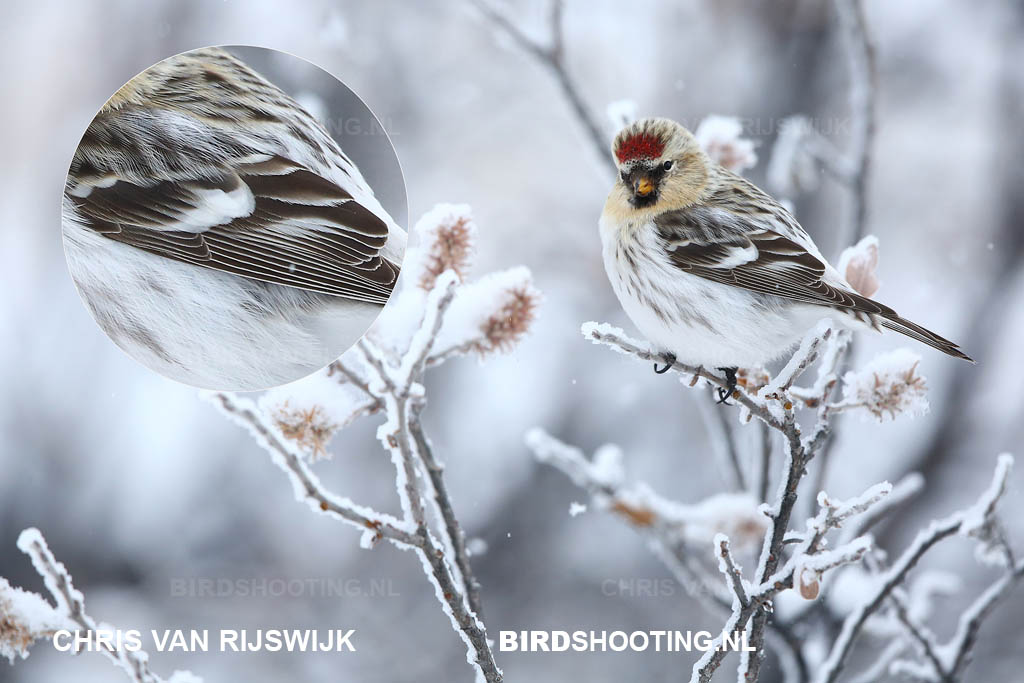
Hornemann’s Arctic Redpoll, first calendar year, Greenland, October 2013. Smaller ‘tipped’ outer greater coverts and larger ‘tipped’ inner greater coverts.
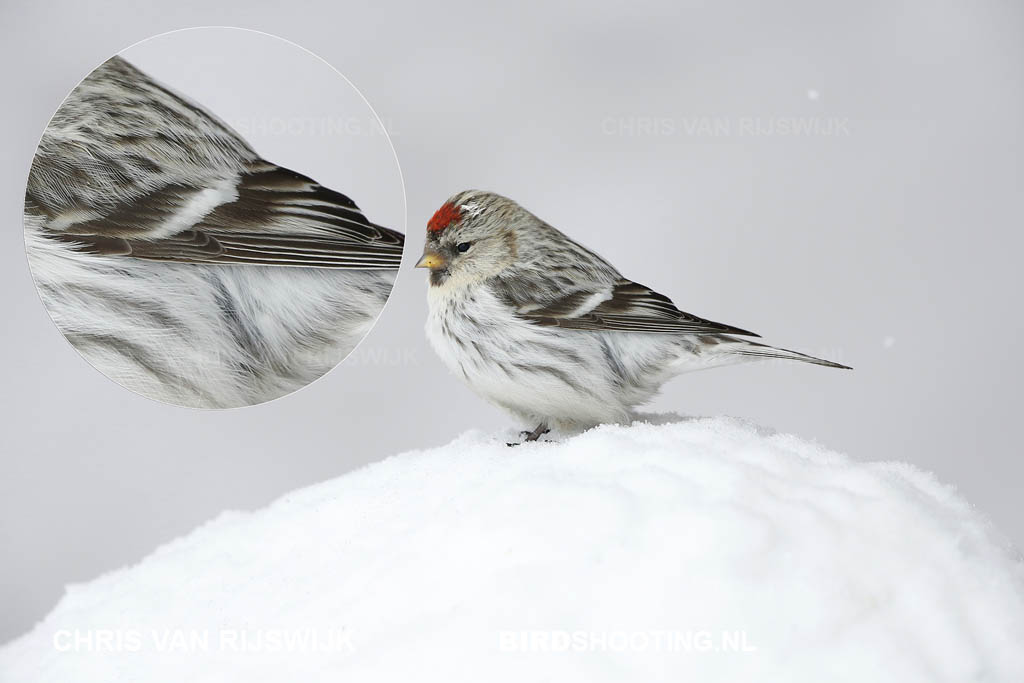
Hornemann’s Arctic Redpoll, second calendar year, Greenland, March 2013. Smaller ‘tipped’ outer greater coverts and larger ‘tipped’ inner greater coverts. More brown-tinged outer greater coverts and more brown/black-tinged inner greater coverts.

Hornemann’s Arctic Redpoll, second calendar year, Greenland, March 2013. Smaller ‘tipped’ outer greater coverts and larger ‘tipped’ inner greater coverts. More brown-tinged outer greater coverts and more brown/black-tinged inner greater coverts.
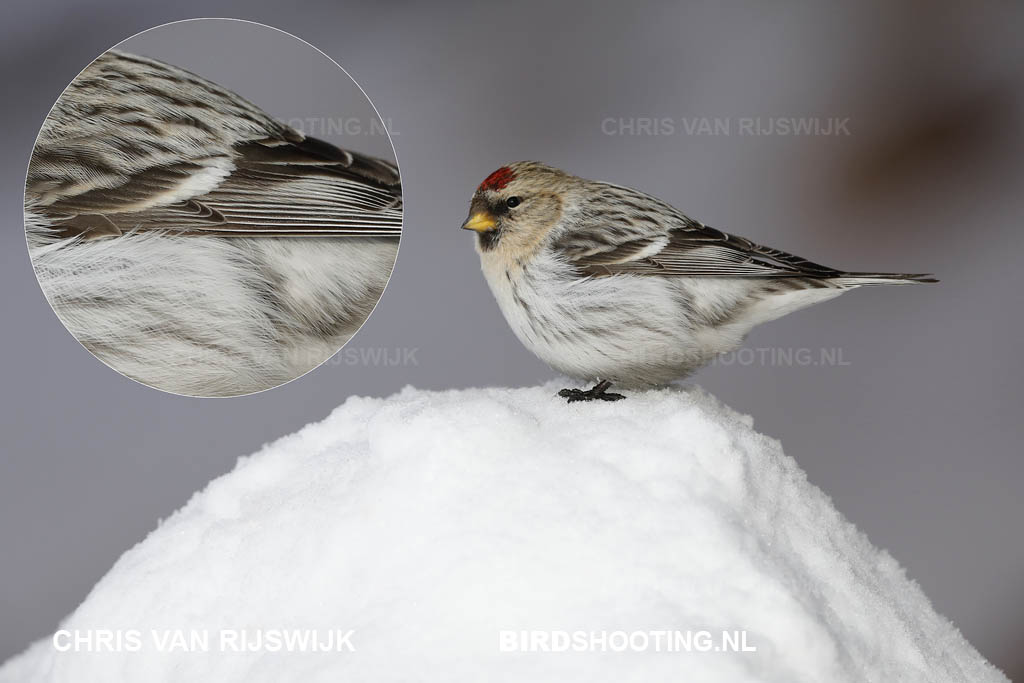
Hornemann’s Arctic Redpoll, second calendar year, Greenland, March 2013. Smaller ‘tipped’ outer greater coverts and larger ‘tipped’ inner greater coverts. More brown-tinged outer greater coverts and more brown/black-tinged inner greater coverts.